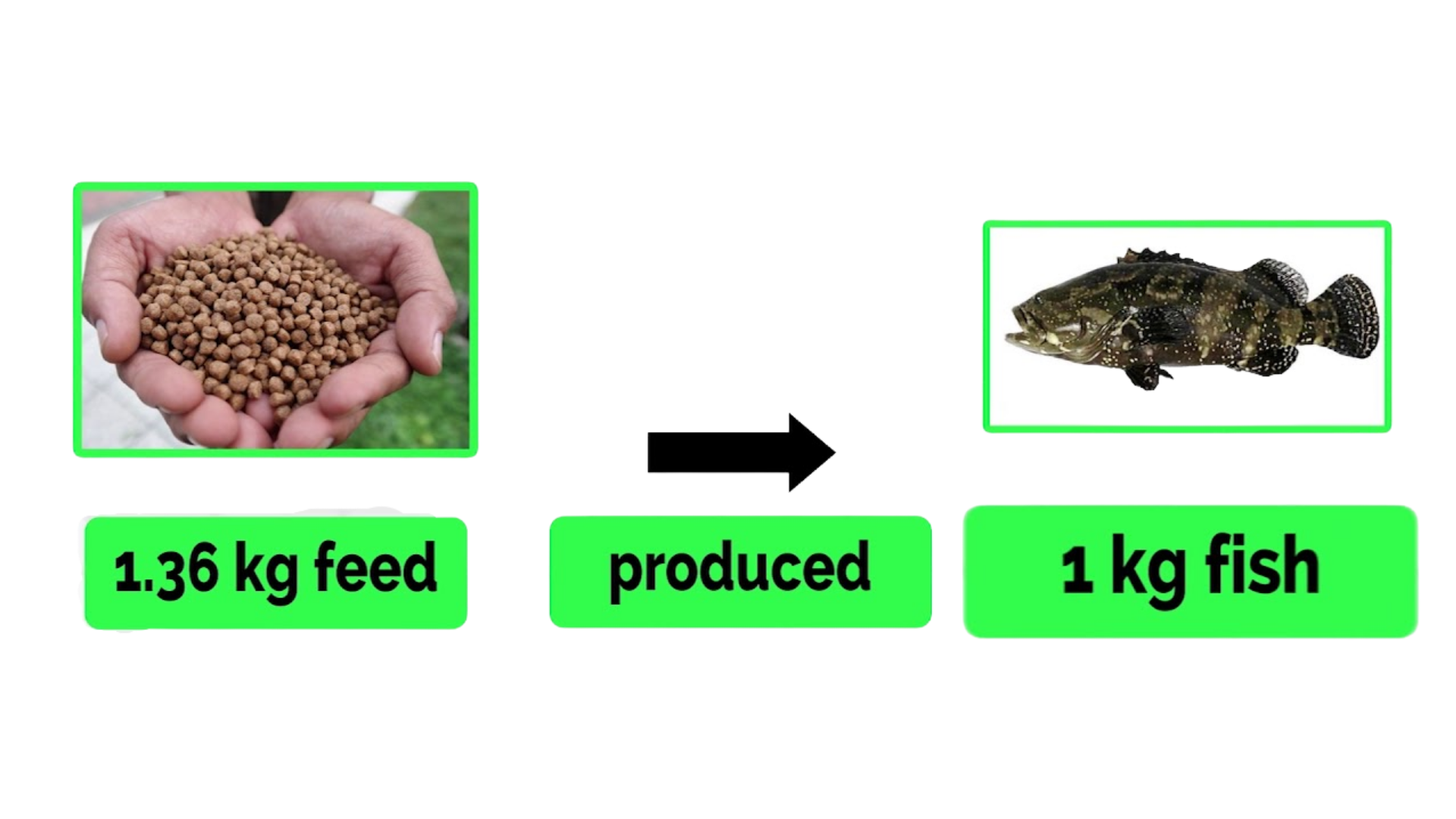Although Nutrient Requirement tables and Feed Composition tables (as supplied in Appendix A) provide volumes of information that is useful in feed formulation, it should be understood that the farm manager has a more comprehensive set of feed management “tools” at his/her disposal. These “tools” can assist the farmer on a daily basis to improve the feed management on the farm.
Remembering that feed is the most expensive input in a livestock production operation, it makes sense that different methods should be employed to obtain the most benefit out of feeds at the lowest cost.
Data required for nutrition management decisions. Several data types can be utilised by the farmer to make feed management decisions. These include:
Feed conversion ratios. Feed conversion ratios indicate the amount of product produced per weight of feed consumed. To calculate feed conversion ratios the daily weight gain of the animal should be measured, and the weight of feed consumed by an animal on a daily basis should be measured.

Feed intake values: If an animal can be stimulated to consume a large amount of feed, growth will obviously be enhanced. However, there are health and physical (anatomical) limitations to the amount of feed that an animal can consume.
Growth rate values: No production system can claim to be a production facility if production is not measured (monitored) on a regular basis. Growth rates can be measured weekly or monthly depending on the labour requirements, the facilities available and the type of operation. Feedlot steers are often weighed when they arrive at the feedlot, and they are measured again at sale. Their daily gain is estimated from previous experience and their market readiness is also measured subjectively by experienced feedlot operators. However, where this “experienced eye” is lacking, animals should be weighed at regular intervals to check progress.
Nutrient composition of feeds and feed ingredients: It is good practice to send feed ingredients for analysis on a regular basis. The nutrient composition of purchased feeds can be determined from their labels, but feeds grown on the farm need to be analysed.
Click here to view a video that explains the feed conversion ratio.